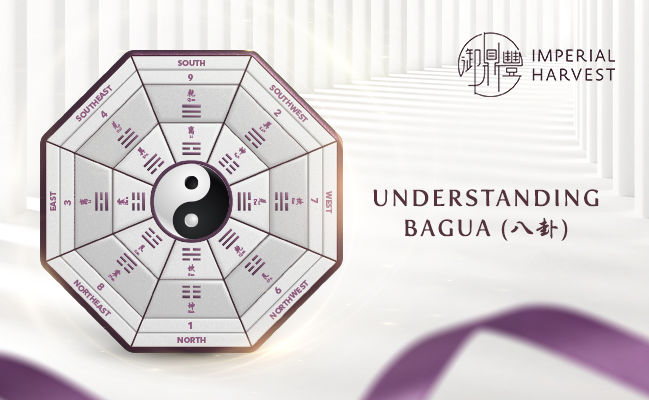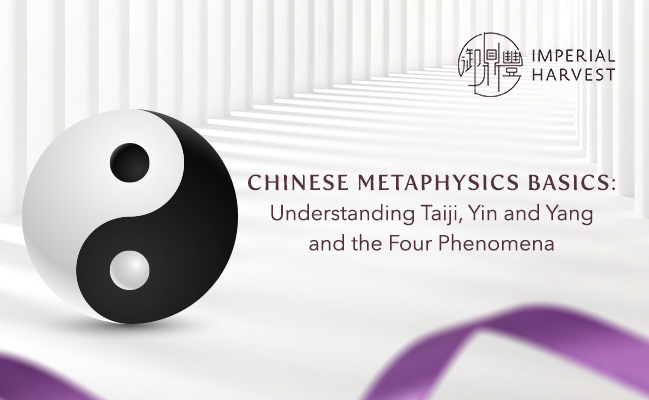

Posted by Imperial Harvest on 22 September 2023
I Ching’s Influence: Chinese Metaphysics & Feng Shui
Estimated Reading Time: 4 mins
The I-Ching (Yi Jing, 易经), also known as the Book of Changes or Zhou Yi, is a term familiar to many metaphysics enthusiasts. While its profound contents may appear enigmatic and complex, this text is a cornerstone of classical Chinese literature. Laden with ancient scriptural insights, the I Ching depicts an intricate system encapsulating millennia of philosophical thoughts, mathematical structures, and divination practices. Insights and teachings garnered from the I Ching have been implemented into the fabric of Chinese society, from governance and military strategy to medicine, art, and daily life.
Historical Origins
The I Ching is believed to have emerged and formed over a remarkable 5,000-year timeline. Beginning with legends around Fuxi, a prominent Chinese hero, when he noticed special patterns on a dragon-horse’s back in the Yellow River. Similarly, he found patterns on a turtle’s back in the Luo River. These patterns, later known as the He Tu (河图) and Luo Shu (洛书), led to the creation of the Early Heaven Sequence, which consisted of the Eight Trigrams.
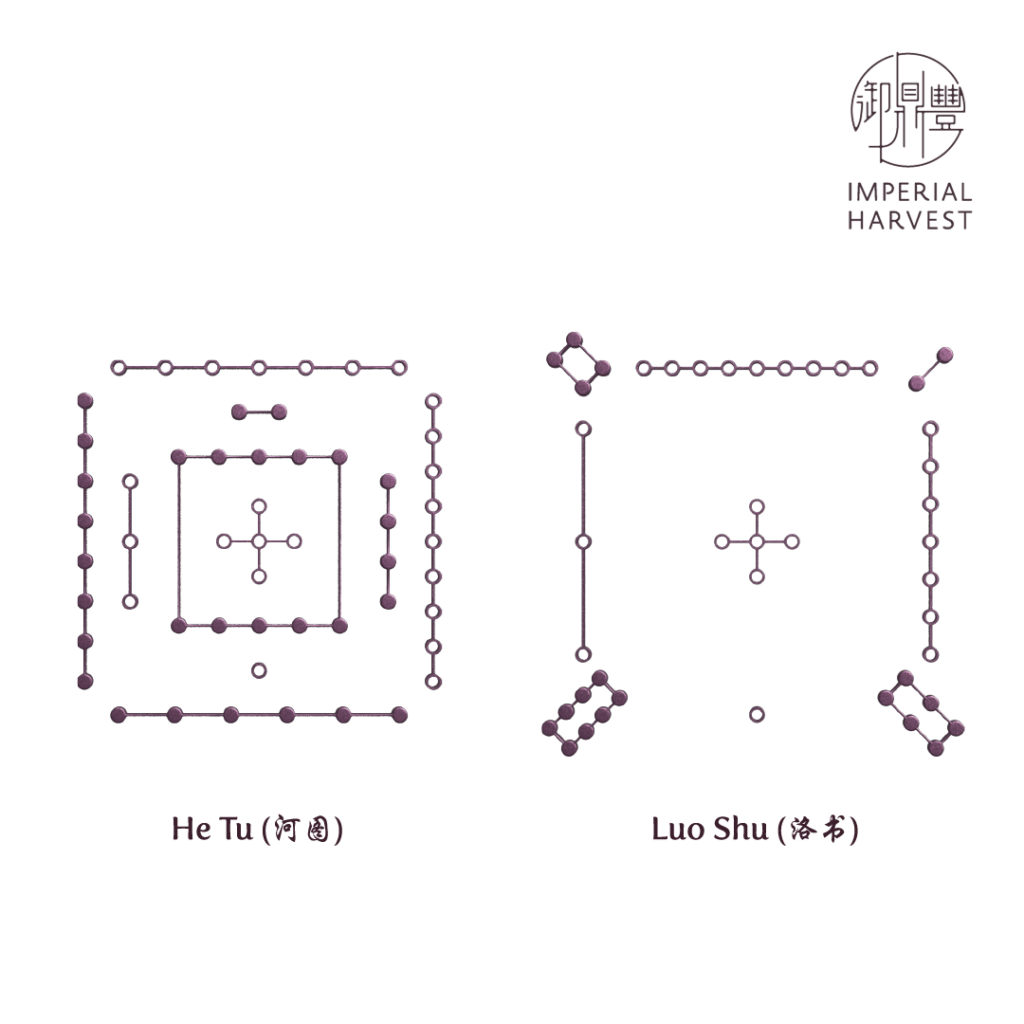
King Wen of Zhou later revised Fuxi’s findings, creating the Later Heaven Sequence and developed the 64 Hexagrams concept, establishing meaning within each. His son, King Wu, went on to provide detail explanations for each of the hexagrams, setting the foundation for the I Ching’s development in later years.
During the Spring and Autumn period (c. 770 to 481 BC), Confucius contributed his commentaries, completing the text known today as the Changes of Zhou, or Zhou Yi (周易). According to this revision, a Trigram was made up of three lines, which could appear broken (representing Yin) or unbroken (representing Yang). Often linked to nature or everyday occurrences, each Trigram held a unique meaning and was later combined in pairs to create the 64 Hexagrams central to the understanding of the I Ching.
Significance of the I Ching
The origin of the I Ching is deeply rooted in the philosophies around Yin and Yang, representing a comprehensive study of the balance between opposing yet harmonious forces. Initially a divination tool, the I Ching had developed to include concepts of Yin and Yang, the notions of the universe and its delicate equilibrium. According to the I Ching, everything in the universe operates in harmony — from changing seasons to the rise and fall of dynasties, all can be explained through the interactions of Yin and Yang. This rich philosophical framework provides profound insights into the nature of existence and the cosmos, introducing concepts such as:
- Jian Yi: Beneath the world’s complexities lie simple philosophical truths.
- Bian Yi: The universe inherently embraces change.
- Bu Yi: Even as everything transforms, the fundamental principle of change remains steadfast.
Additionally, the I Ching introduced the concept of the Tao, a fundamental principle that forms the basis for Taoist philosophies, which in turn became a large proponent of Chinese metaphysical beliefs.
The Structure of the I Ching
The I Ching is divided into two main components: the Yi Jing comprises the 64 Hexagrams, with its accompanying interpretations and explanations and the Yi Zhuan encompasses ten sections of commentaries on the I Ching, further illustrating its concepts.
Each of the 64 Hexagrams has a specific name, core statement and detailed passages that provide insight and advice. These passages were often written in poetic and allegorical language and are open to interpretation. Instead of giving straightforward answers, the I Ching guides individuals towards gaining an understanding of the dynamics of the situations in a meditative and reflective manner.
The I Ching has undergone great changes over the centuries, with various commentaries being written to interpret and clarify the meanings of the hexagrams. Some well-known commentaries were written during the Han dynasty (202 BC to 9 AD, 25 to 220 AD), combining Confucian thoughts with understandings of the I Ching. Thus, the I Ching was made far more influential, connecting the philosophy of change with moral teachings.
I Ching’s Influence on the Chinese Civilisation
Integrated into the fabric of Chinese civilisation, the I Ching’s significance can be observed in the development of Chinese philosophy. Notably, the concepts of Yin and Yang, which remain fundamental to Chinese cosmology, were deeply embedded in society through the teachings of the I Ching.
The text also played a foundational role in the formation of Taoism, which frequently touched upon ideas of change, duality, and balance — reminiscent of the I Ching’s principles. Taoism’s emphasis on living in harmony mirrors I Ching’s teachings on aligning oneself with the natural flow of change to achieve a state of balance. These concepts formed core principles in the art of Imperial Feng Shui.
I Ching’s Influence on Chinese Metaphysics
The I Ching definitively shaped the realm of Chinese metaphysics, its hexagram system and Yin-Yang principles addressing the nature of reality, the universe’s structure, and the forces governing existence. A primary belief in Chinese metaphysics, stemming from the I Ching, is that everything is interlinked and undergoes constant, predictable change.
Feng Shui, a practice closely related to Chinese metaphysics, incorporates the principles of Yin and Yang to assess the flow of energy — Qi — in an environment. This allows individuals to optimise their immediate environments to achieve harmony.
Feng Shui and Bazi: Tapping into Universal Energy
Feng Shui, at its core, is the ancient art of understanding and manipulating the flow of energy, or Qi, within a space to achieve harmony and balance. The I Ching’s principles, particularly the concepts of Yin and Yang are essential to the art form. In Feng Shui, the balance between both complementary forces within a space affects its inhabitants’ health, wealth and overall well-being. The Bagua, an eight-sided figure, is a primary tool in Feng Shui, representing eight fundamental elements or energies. The Bagua’s design and its associations with particular life areas have their origins in the I Ching, connecting each area to specific trigrams.
Bazi (八字), also known as the Four Pillars of Destiny, is a well-developed set of metaphysics principles based on the planetary stars, the duality of Yin and Yang and the Five Elements. This intricate Chinese astrological system focuses on the unique characteristics surrounding an individual’s birth year, month, date and hour of birth — using these factors to interpret their destiny, personality, relationships, interaction with the environment, their strengths, weaknesses, opportunities and risks.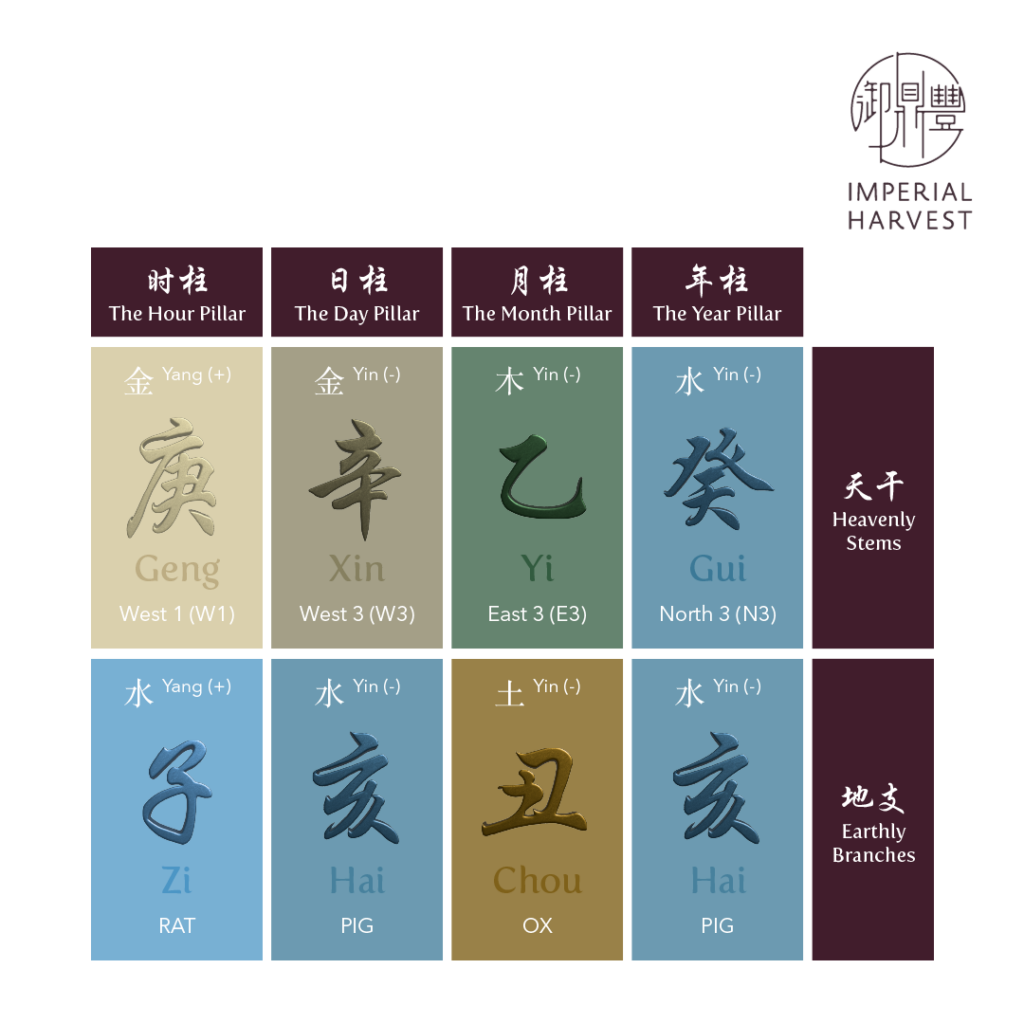
The elemental interactions central to Bazi readings are deeply influenced by the I Ching’s philosophy. For instance, the Producing and Controlling cycles within the Five Elements echo the cyclical and interdependent nature of change highlighted in the I Ching.
Read more about the Structure of a Bazi chart here.
Read more about the Five Elements here.
In conclusion, the I Ching is more than a divination tool. It is a melding of diverse fields of philosophy, astronomy, medicine, and more. In essence, the I Ching represents ancient Chinese insights into the universe’s laws, weaving its wisdom into Chinese culture, politics and economics.
Imperial Harvest’s expert consultants are always on hand to guide you on your journey and provide you with insights to help you realise your fullest potential. Book a complimentary consultation today or contact us at +65 92301640.
We are located at
For prospective clients: Imperial Harvest402 Orchard Road
Delfi Orchard #02-07/08
Singapore 238876 For existing clients: Imperial Harvest Prestige
402 Orchard Road
Delfi Orchard #03-24/25
Singapore 238876
Most Read Articles
Get to read our life changing articles and get inspired.
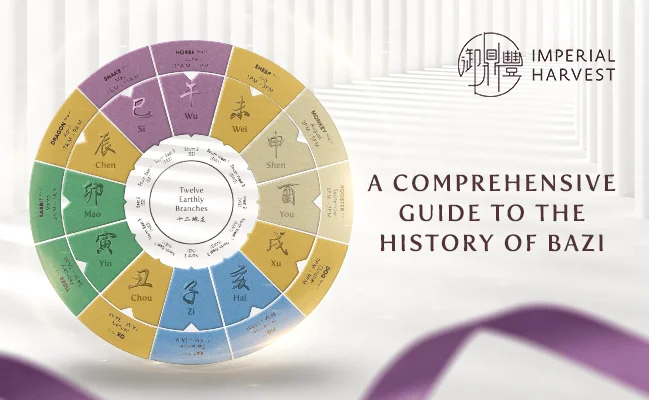
A Comprehensive Guide to the History of Bazi (八字)
Estimated Reading Time: 5 mins Bazi (八字) is often mistakenly assumed as the Chinese counterpart of western Astrology. The similarities between both systems lie in their utilisation of birth dates and time in their calculations, and the ability to be read from a tabulated chart. Where Astrology may take into account the positions of different […]

Imperial Harvest Consecration Ceremony
Estimated Reading Time: 5 mins At Imperial Harvest, each earthly treasure undergoes a series of consecration rites performed by Master David, before it is bestowed upon its blessed owner. Every aspect of these sacred Chinese anointing rituals is carefully examined and accurately represented in Master David’s blessings, reflecting Imperial Harvest’s deep respect for these esteemed […]
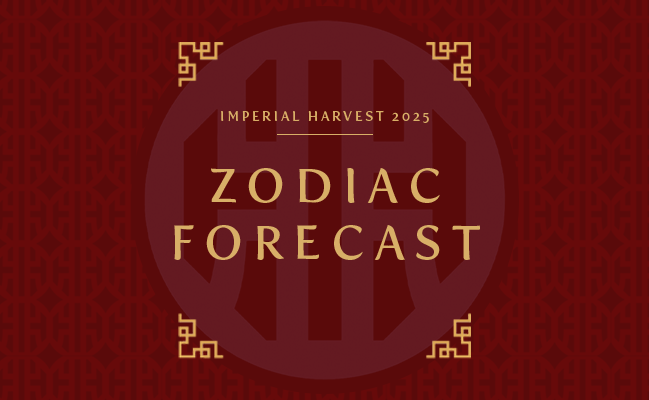
Imperial Harvest 2025 Zodiac Forecast
Estimated Reading Time: 7 mins The Year of the Wood Snake in 2025 brings a dynamic period of growth, transformation, and new beginnings. With its ambitious qualities, the Wood Snake’s influence offers unique opportunities for those who seek progress and renewal. Drawing from the time-honoured principles of Imperial Feng Shui, the Imperial Harvest 2025 Zodiac […]
